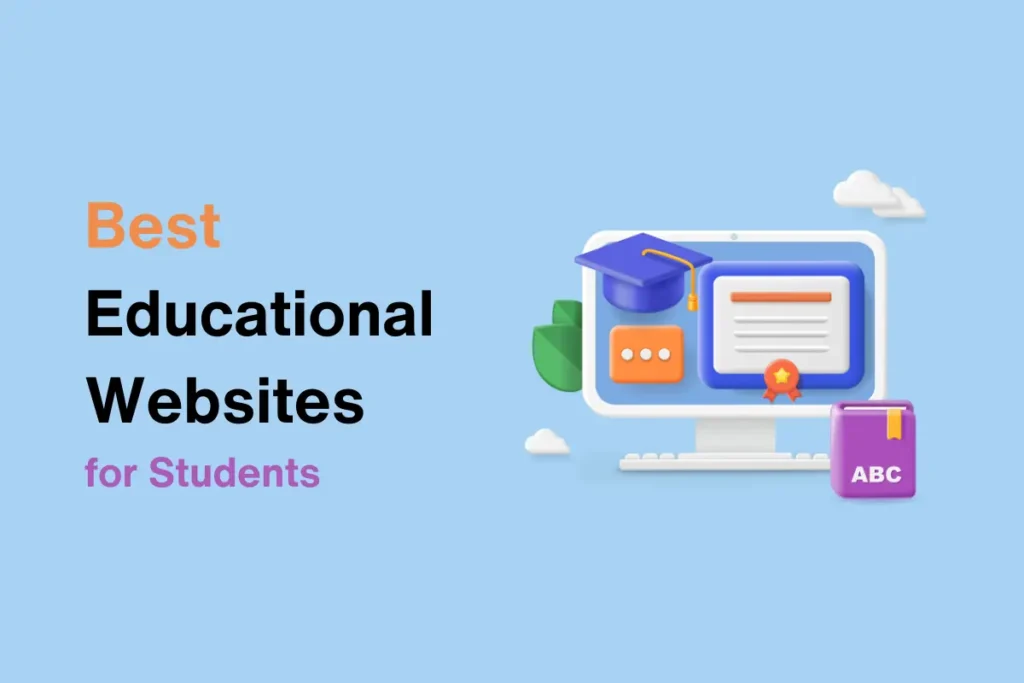Hi everyone,
I’m [your name]. I’m currently a [your year] student at [your institution], majoring in [your major]. My primary area of interest is [your specific area of interest], and I’m working on a [mention any relevant project or research]. In my free time, I enjoy [mention hobbies]. I’m excited to be part of this course and look forward to learning from all of you.
Thank you!
Introducing yourself as a student is an essential skill, whether you’re starting a new class, meeting a new group of people, or attending an interview. A strong introduction can help you leave a positive first impression and set the tone for future interactions. In this article, we’ll explore various ways to introduce yourself as a student, providing step-by-step guidance, tips, and examples to make the process smooth and confident.
Why is Self Introduction Important?
Introducing yourself properly in academic settings or social circles is important because it helps to:
- Build connections with peers, teachers, or employers.
- Showcase your personality and strengths.
- Make a positive first impression.
- Open up opportunities for collaboration and networking.
A strong self-introduction establishes your presence and helps others understand who you are. This becomes especially important in academic settings, where collaboration and networking are crucial to success.
How to Structure Your Self Introduction
Structuring your self-introduction is key to ensuring you convey the right information. Here’s a basic structure to follow:
- Start with a Greeting: A polite and friendly greeting sets the tone.
- Introduce Your Name: Clearly state your full name.
- Share Your Background: This could include your current education level, school, or any important information that defines you as a student.
- Mention Your Interests and Hobbies: Highlighting personal interests helps others connect with you on a more informal level.
- Share Your Goals or Ambitions: Whether it’s academic or career-related, sharing your aspirations can spark meaningful discussions.
- Conclude with a Thank You or Invitation for Questions: End on a positive note and invite further interaction.
Tips for a Great Self Introduction
- Keep it concise: Avoid lengthy details. Stick to the essential information.
- Speak confidently: Confidence makes a great first impression.
- Maintain eye contact: This shows that you are engaged and sincere.
- Practice beforehand: Rehearse your self-introduction to feel more comfortable.
- Use a clear and friendly tone: The way you speak is as important as what you say.
- Adapt to the situation: Tailor your introduction based on the audience (classmates, teachers, interviewers).
Step-by-Step Guide: How to Introduce Yourself as a Student
1. Greet the Audience
Begin with a warm and polite greeting that suits the context. For example, in a formal setting, you might say “Good morning, everyone.” In a casual classroom environment, something like “Hi, everyone!” would suffice.
2. State Your Full Name
After the greeting, introduce your name. Be clear and confident when saying your name to ensure that others remember it. You can say, “My name is [Your Name], and I’m excited to be here.”
3. Mention Your Academic Background
This is where you briefly explain your current academic standing. For example, if you’re in college, mention your major or year of study: “I’m currently a second-year student majoring in Biology.”
4. Highlight Your Interests and Hobbies
This step allows others to connect with you on a personal level. Mention interests relevant to the situation if possible. For instance, “I’m really passionate about environmental science and have been volunteering with a local conservation group.”
5. Share Your Goals or Ambitions
Talking about your academic or career goals helps others understand what motivates you. For example, “After completing my degree, I aim to work in environmental policy and make a difference in climate change regulations.”
6. Conclude with Gratitude or an Invitation for Questions
End your introduction by thanking the audience or offering to answer any questions. A simple, “Thank you for your time, and I look forward to working with you all,” can suffice.
Self Introduction Examples
Let’s explore different examples of how to introduce yourself based on the setting.
Example 2: Self Introduction in School
“Hello! My name is John, and I’m in grade 10. I’ve always had a passion for science, and this year I’m especially excited to learn more about biology. Outside of school, I play basketball and enjoy painting. I’m really looking forward to making new friends and learning with you all this year. Thanks!”
Example 3: Self Introduction for a Job Interview
“Good afternoon, my name is Emma Brown. I’m currently in my final year of business school at XYZ University. I have experience in digital marketing, and I’ve interned with a few companies to gain practical skills. I’m eager to apply what I’ve learned in a professional setting, and I’m excited about the opportunity to work with your team. Thank you for considering my application.”
FAQs on Student Self Introduction
Your self-introduction should include your name, academic background, interests, and career goals. Depending on the setting, you may also share your hobbies or extracurricular activities.
A self-introduction should be brief—ideally between 30 seconds and 2 minutes. However, adapt the length based on the formality of the situation.
In an interview, keep your self-introduction professional. Focus on your education, relevant skills, and why you’re interested in the position.
void sharing too much personal information, being overly formal or casual, and speaking too long. Keep your introduction relevant to the situation.
Final Thoughts
Introducing yourself as a student is a valuable skill that will serve you throughout your academic and professional life. Whether you’re meeting new classmates, presenting to a teacher, or interviewing for a job, mastering the art of self-introduction can help you make strong connections and leave a lasting impression. Remember, keep it concise, confident, and relevant to the context. With practice, introducing yourself will become second nature!

